Subfamily Dendrocygninae Scientific name Dendrocygna viduata Rank Species | Phylum Chordata Genus Dendrocygna Higher classification Dendrocygna | |
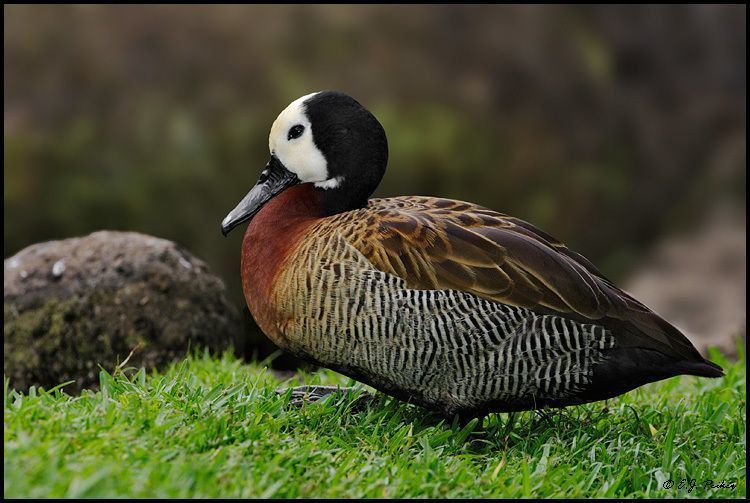 | ||
Similar Whistling duck, Bird, Fulvous whistling duck, Black‑bellied whistling duck, Brazilian teal | ||
A noisy family of white faced whistling ducks
The white-faced whistling duck (Dendrocygna viduata) is a whistling duck that breeds in sub-Saharan Africa and much of South America.
Contents
- A noisy family of white faced whistling ducks
- White faced whistling ducks
- Description
- Range and habitat
- Ecology
- Breeding
- Conservation
- References
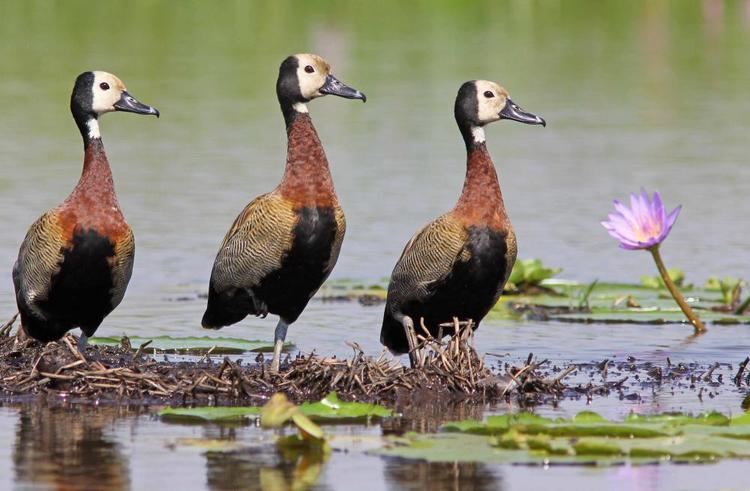
This species is gregarious, and at favoured sites, the flocks of a thousand or more birds arriving at dawn are an impressive sight. As the name implies, these are noisy birds with a clear three-note whistling call.

White faced whistling ducks
Description
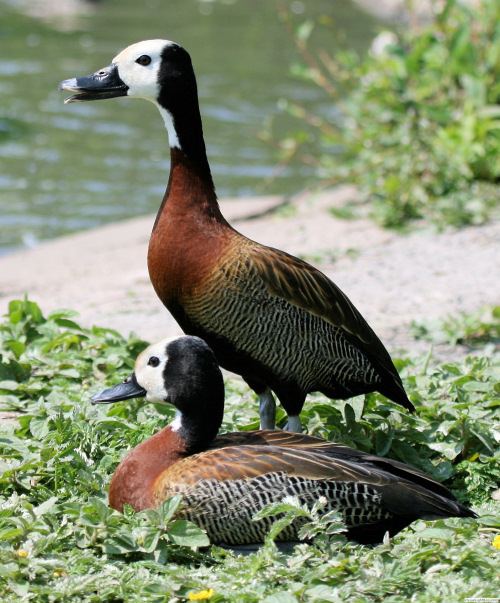
This species has a long grey bill, a long head, and longish legs. It has a black neck and head, and distinctive white face that gives them their name, though the amount of white color visible has regional variations among the species. For example, the white-faced whistling ducks with more black coloration are commonly found in western Africa where rainfall superceeds the dry season. The back and wings are dark brown to black, and the underparts are black with a fine white barring on the flanks. The neck is chestnut. Males and females have similar plumage. Juveniles are similar in color to adults, but have a much less contrasted head pattern.
Range and habitat
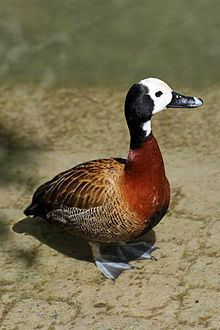
The white-faced whistling duck has a peculiar disjunctive distribution, occurring in Africa and South America. It has been suggested that they may have been transported to new locations worldwide by humans. The habitat is still freshwater lakes or reservoirs, with plentiful vegetation, where this duck feeds on seeds and other plant food.
Ecology
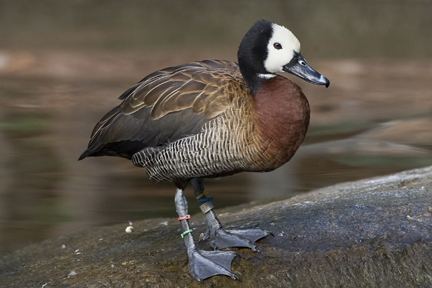
This is an abundant species. It is largely resident, apart from local movements which can be 100 km or more.
Breeding
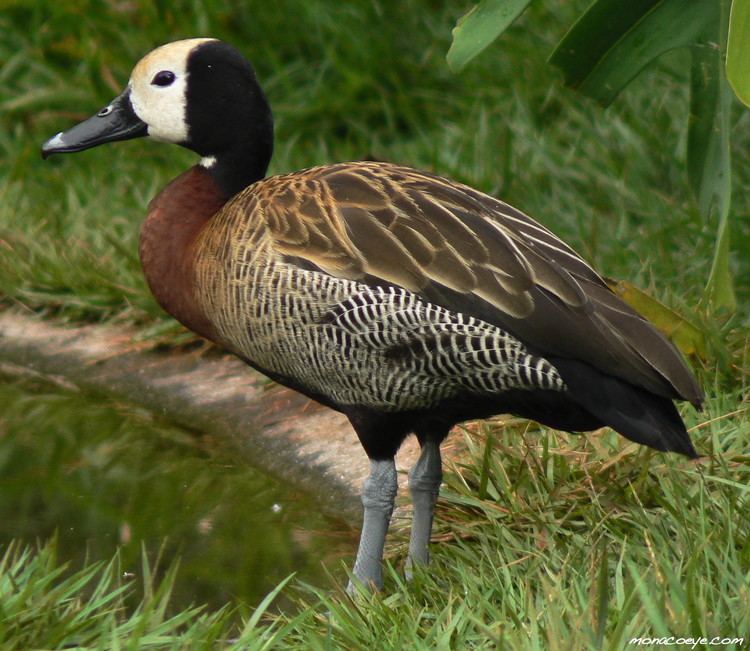
It nests on a stick platform near the ground, and lays 8-12 eggs. Trees are occasionally used for nesting.
Conservation
The white-faced whistling duck is one of the species to which the Agreement on the Conservation of African-Eurasian Migratory Waterbirds (AEWA) applies.
